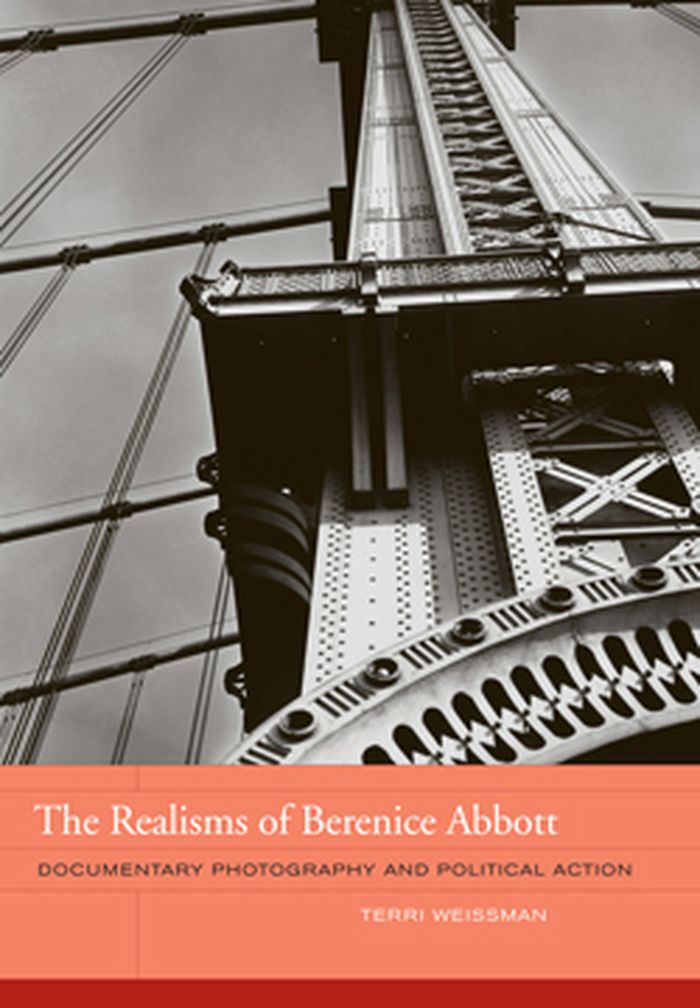$43.95
(disponible sur commande)
Résumé:
American Modern explores the reinvention of documentary photography in the 1930s, focusing on the work of three iconic figures. It identifies the points where Abbott, Evans, and Bourke-White connected, diverged, and competed, and demonstrates how commercial and governmental commissions, the influence of mass media, the establishment of public institutions of modern art,(...)
octobre 2010
American Modern: Documentary photography by Abbott, Evans, and Bourke-White
Actions:
Prix:
$43.95
(disponible sur commande)
Résumé:
American Modern explores the reinvention of documentary photography in the 1930s, focusing on the work of three iconic figures. It identifies the points where Abbott, Evans, and Bourke-White connected, diverged, and competed, and demonstrates how commercial and governmental commissions, the influence of mass media, the establishment of public institutions of modern art, and international theories of photography all intersected to establish the now-dominant documentary style.
$66.95
(disponible en magasin)
Résumé:
This book examines a broad range of Abbott’s work—including portraits from the 1920s, little known and uncompleted projects from the 1930s, and experimental science photography from the 1950s. It argues that Abbott consistently relied on realism as the theoretical armature for her work, even as her understanding of that term changed over time and in relation to specific(...)
The realisms of Berenice Abbott: Documentary photography and political action
Actions:
Prix:
$66.95
(disponible en magasin)
Résumé:
This book examines a broad range of Abbott’s work—including portraits from the 1920s, little known and uncompleted projects from the 1930s, and experimental science photography from the 1950s. It argues that Abbott consistently relied on realism as the theoretical armature for her work, even as her understanding of that term changed over time and in relation to specific historical circumstances. But as Weissman demonstrates, Abbott’s unflinching commitment to “realist” aesthetics led her to develop a critical theory of documentary that recognizes the complexity of representation without excluding or obscuring a connection between art and engagement in the political public sphere. In telling Abbott’s story, The Realisms of Berenice Abbott reveals insights into the politics and social context of documentary production and presents a thoughtful analysis of why documentary remains a compelling artistic strategy today.
Monographies photo

